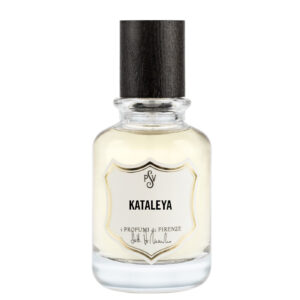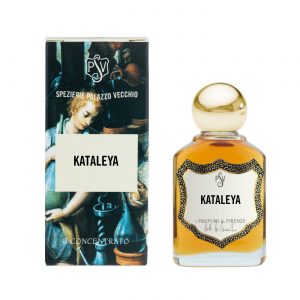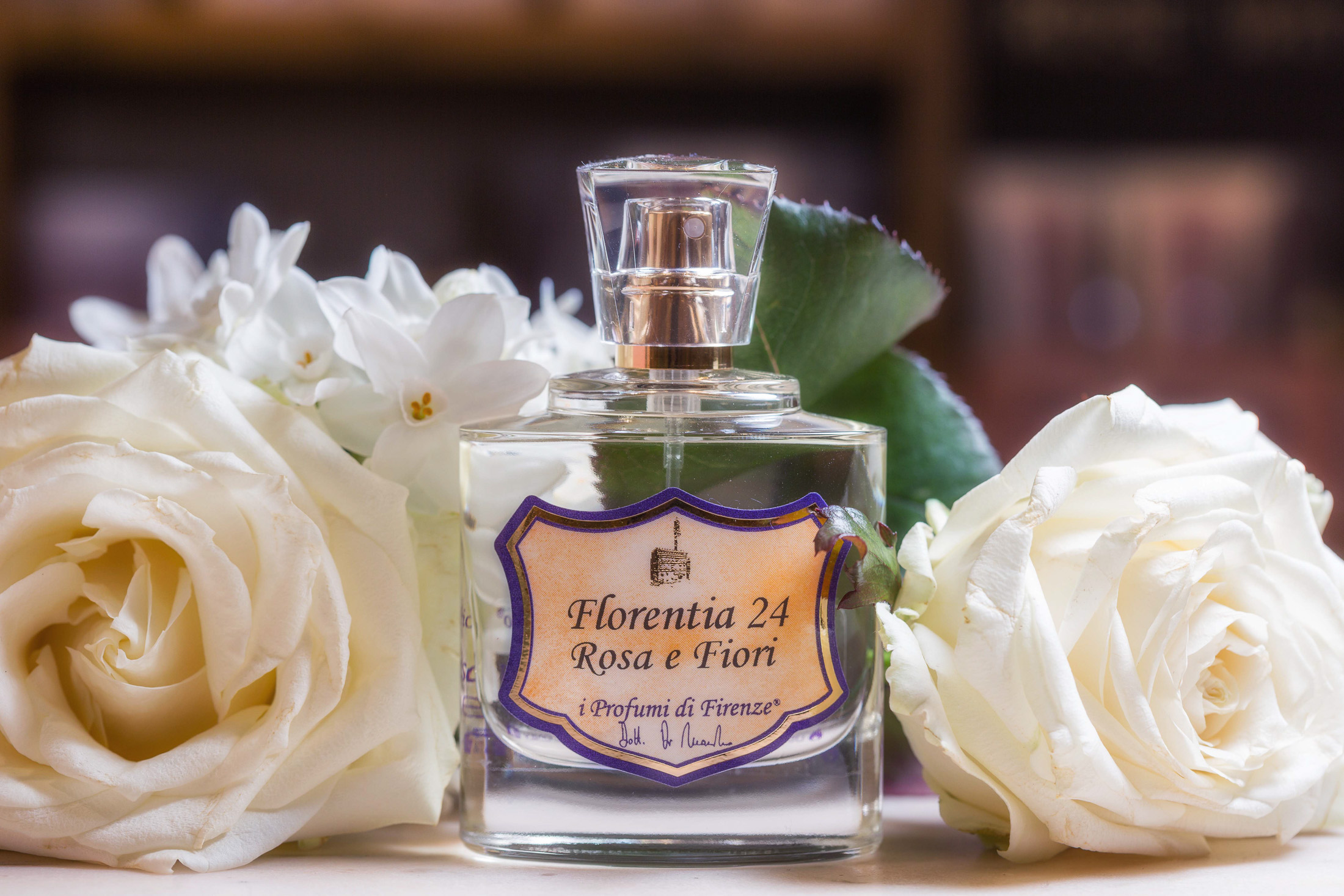Welcome to the first episode of this captivating SPV series. Given the number of fragrances we have created in our 33 years of activity, I foresee many episodes and perhaps even more than one season!
For some time now, the concept of olfactory layering has been on the lips of perfume enthusiasts for a very simple reason: olfactory layering is fun and creative.
But let’s start from the beginning. In the context of perfumes, olfactory layering refers to the structure of a fragrance and the division of its olfactory notes into different stages of evolution. A well-crafted perfume is often composed of various notes that develop over time, creating a layered and dynamic olfactory experience.
The notes of a perfume can be divided into three main categories:
- Top notes (or opening notes): These are the first notes perceived upon applying the perfume and they have an immediate impact. Top notes are often light and volatile, lasting for a short period of time, and can include ingredients such as citrus, aromatic herbs, or fresh notes.
- Heart notes (or middle notes): They emerge after the top notes have dissipated and constitute the core of the perfume. These notes are more stable and long-lasting compared to the top notes. They can include flowers, fruits, or spices, adding personality to the fragrance.
- Base notes: These are the most persistent and long-lasting notes of the perfume, emerging after the heart notes have settled and providing stability to them over time. Base notes can include ingredients such as woods, moss, amber, or vanilla.
Each olfactory experience is complex and engaging because each phase of a perfume’s note evolution adds a different dimension to the fragrance, creating a unique olfactory harmony and narrative. The creation of a perfume is always driven by this goal and requires extensive knowledge of raw materials and chemistry, professionalism, discipline, and talent.
Olfactory layering can also be achieved by using existing perfumes as the top, heart, or base of a new fragrance, allowing everyone to create their own scent based on their inspiration and creativity, even without being a professional perfumer. It’s a game without rules, where the only thing that matters is personalization. Each individual can create something that speaks of themselves.
Layering can intensify certain olfactory notes present in the original fragrance or enrich a fragrance predominantly featuring a single ingredient. One fragrance born from the experimentation of layering at Spezierie Palazzo Vecchio is KATALEYA, created by layering our PATCHOULI ROSSO and our AMBRA DEL NEPAL.


The fragrance AMBRA DEL NEPAL is a structured fragrance with a slightly aromatic top note of coriander and a base of grey amber, incense, vanilla, and patchouli. It is a fragrance that I define as speaking to the soul, as it directly connects with our spiritual side. Our PATCHOULI ROSSO, on the other hand, is a fragrance predominantly centered around the natural essential oil of patchouli. It is an earthy fragrance that highlights the more grounded, real, and present aspects of our being.
I wanted to intensify the subtle Patchouli present in AMBRA DEL NEPAL to create a fragrance where the earthy and spiritual aspects could be in balance, highlighting our entire being. Thus, to a significant base of AMBRA DEL NEPAL, I added a small percentage of PATCHOULI ROSSO and created KATALEYA,.
I am sharing the creative process behind this perfume because I am confident that it will inspire all of you to unleash your creativity and tell a small piece of your story and essence through fragrance and the beautiful game of olfactory layering.
I could have also done another layering with AMBRA DEL NEPAL, creating a floral, fruity, or spicy fragrance to serve as its heart… but I leave the experimentation to you!
Don’t miss the next episode of this series.
Francesca Di Massimo.





 Sensitive skin is defined as skin that, unless suffering from certain skin diseases, is more predisposed to negatively react to chemical or physical agents. In addition, sensitive skin is more susceptible to allergies, redness, irritation, itching, and skin burning. (1) However, sensitive skin is not always synonymous with allergy: often the general symptoms of skin hypersensitivity are mistakenly judged to be warning signs of intolerance or allergies to certain cosmetic ingredients. In reality, common sensitive skin does not refer to any immunological cause. (1)
Sensitive skin is defined as skin that, unless suffering from certain skin diseases, is more predisposed to negatively react to chemical or physical agents. In addition, sensitive skin is more susceptible to allergies, redness, irritation, itching, and skin burning. (1) However, sensitive skin is not always synonymous with allergy: often the general symptoms of skin hypersensitivity are mistakenly judged to be warning signs of intolerance or allergies to certain cosmetic ingredients. In reality, common sensitive skin does not refer to any immunological cause. (1)